What The Tech?! The Gyroscope
Accurate Navigation is took an eternity to evolve.
As we’ve explored this series, you might have noticed that some of the things we’ve looked at have been important for everyone. The internet, smartphones and other technology are used by normal people, all day, everyday.
However despite all this very visible technology, there’s many things lurking behind the scenes that are just as important, yet less understood. We’ll be looking at one of those pieces of tech today and discussing exactly why it was so important to our technological development. It provided the world with years of peace, brought international travel to the masses, gives spacecraft the ability to navigate and is used behind the scenes every day by anyone that has a smart phone. This What the Tech is all about the gyroscope, a key component in navigation and synchronization.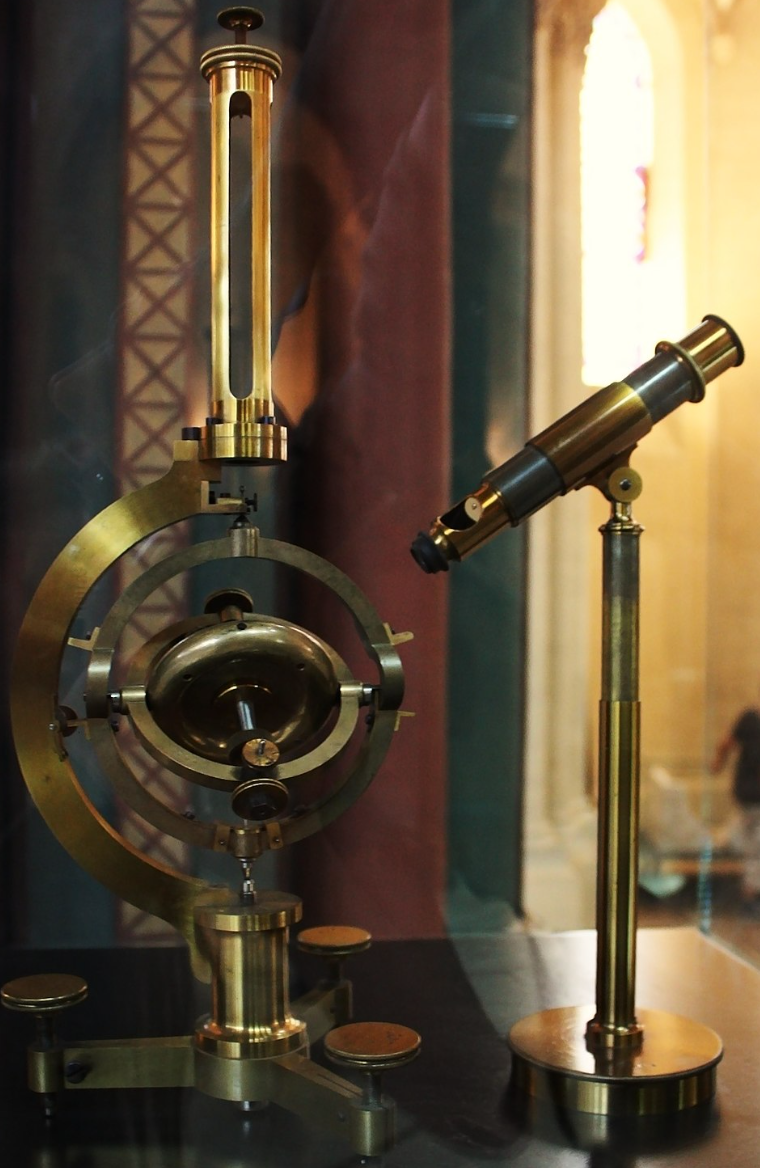 Gyro Designs came around surprisingly early. Source: Wikipedia.
Gyro Designs came around surprisingly early. Source: Wikipedia.
The Beginnings
The need for accurate navigation dates all the way back to the Age of Sail, when the concept of cartography was an essential part of safe exploration and understanding the world around us. While ability to calculate latitude was developed early on, the accurate calculation of longitude was much harder to perform and would require the ability to keep time accurately before it could be performed reliably.
This resulted in the marine chronometer, and while it wasn’t a gyroscope as such, it was an essential part of bringing inertial navigation and movement tracking together as we know it today.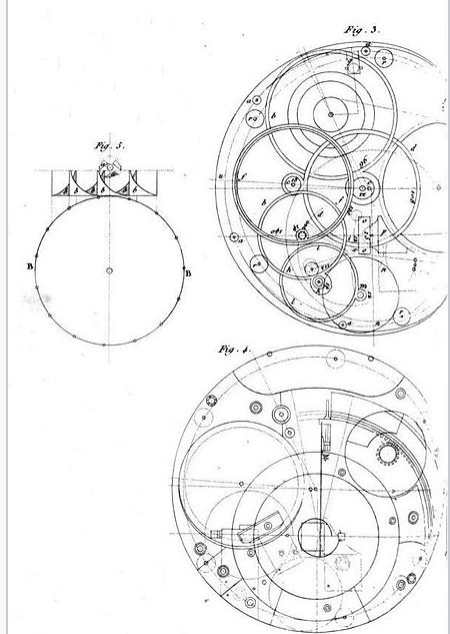 Take for granted today, accurate timekeeping was revolutionary prior to electronics. Source: Wikipedia.
Take for granted today, accurate timekeeping was revolutionary prior to electronics. Source: Wikipedia.
As the Age of Sail drew to a close, and the world faced large scale conflict, the technological availability that would assist with things like navigation and time keeping received a massive boost in the form of wartime research, which provided more data in regards to the utility and usefulness of these services in both military and civilian roles.
By the end of the war, research into the applications that could be influenced by this field had set the pace for massive enhancements in security, life expectancy and safety.
Mainstream Adoption
While the first application of the gyroscope came with traditional military roles, the fact of the matter is that the civilian world faced large benefits around adopting this technology as well.
The first field to benefit from the new technology was aviation and aerospace, with aircraft being given accurate on board navigation and inertial systems allowing them to navigate the globe with a reasonable standard of accuracy with the technology at the time.
At the other end of the aerospace sector, the space race was also integral in adopting this as well. This is because while it’s reasonable to expect that things like the Apollo missions benefit from this tech, it’s less known that even lowly satellites deem the gyro a key part of onboard infrastructure, helping them to orient and keep their position in space as well as keeping solar panels aligned with the sun.
There were also benefits around medical and life expectancy with medical imaging systems being provided with stabilization using feedback from solid state gyroscopic sensors, allowing an increase in resolution and imaging discrimination meaning that for the first time we could assess some conditions in a non invasive way.
In out current connect world, many consumer goods received a boost as well, with proper image stabilization for photography, and smart phone / wearable integration giving life to new ways to log track and maintain fitness.
Effect on the World
While we all understand the technology in our phones and smart devices in at least a basic way, the biggest effect on the world happened silently, with many not even knowing that it was occurring.
Firstly, the integration of communications satellites and projects like Hubble and Skylab changed the way we communicated and did research forever, allowing us to conduct more detailed research that allowed us to understand the universe around us in new ways and form new connections with our fellow humans.
However to understand one of the biggest effects we need to look at military applications and why they are relevant.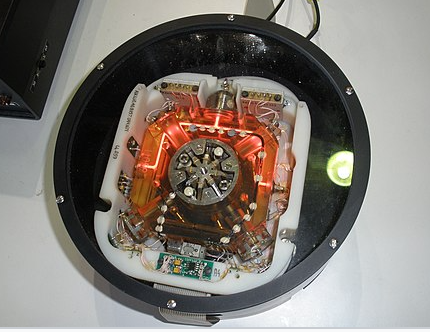 Ring Laser gyroscopes were common in aviation. Source: Wikipedia
Ring Laser gyroscopes were common in aviation. Source: Wikipedia
At the end of WW1, (The Great War), it was thought that the cost of conflict was too great to bear and because of this the way we perceived war would change. Sadly, this theory proved to be incorrect, with World War 2 being around the corner.
However at the end of WW2, the implementation of nuclear weapons along with a fresh approach on submarine technology led to a unique concept that would give the world an odd form of stability.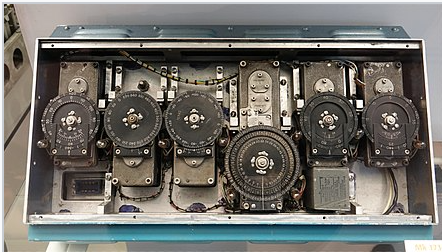 Inertial Navigation systems were hugely important during the cold war. Source: Wikipedia.
Inertial Navigation systems were hugely important during the cold war. Source: Wikipedia.
The pairing of nuclear weapons and submarines that were equipped with accurate inertial navigation systems gave long endurance times, accurate navigational capabilities and the ability to fire ballistic missiles from nearly any point on the globe. This lead to the theory of Mutually Assured Destruction, or MAD.
The general concept of MAD meant that it became far more difficult to track ballistic missile submarines meaning that countries that possessed these boats kept a legitimate second strike capability. While it didn’t stop conventional warfare from occurring, the existence of nuclear weapons and this capability gave the world a near 80 year piece dividend, with no nuclear weapons deployed in anger since the end of WW2.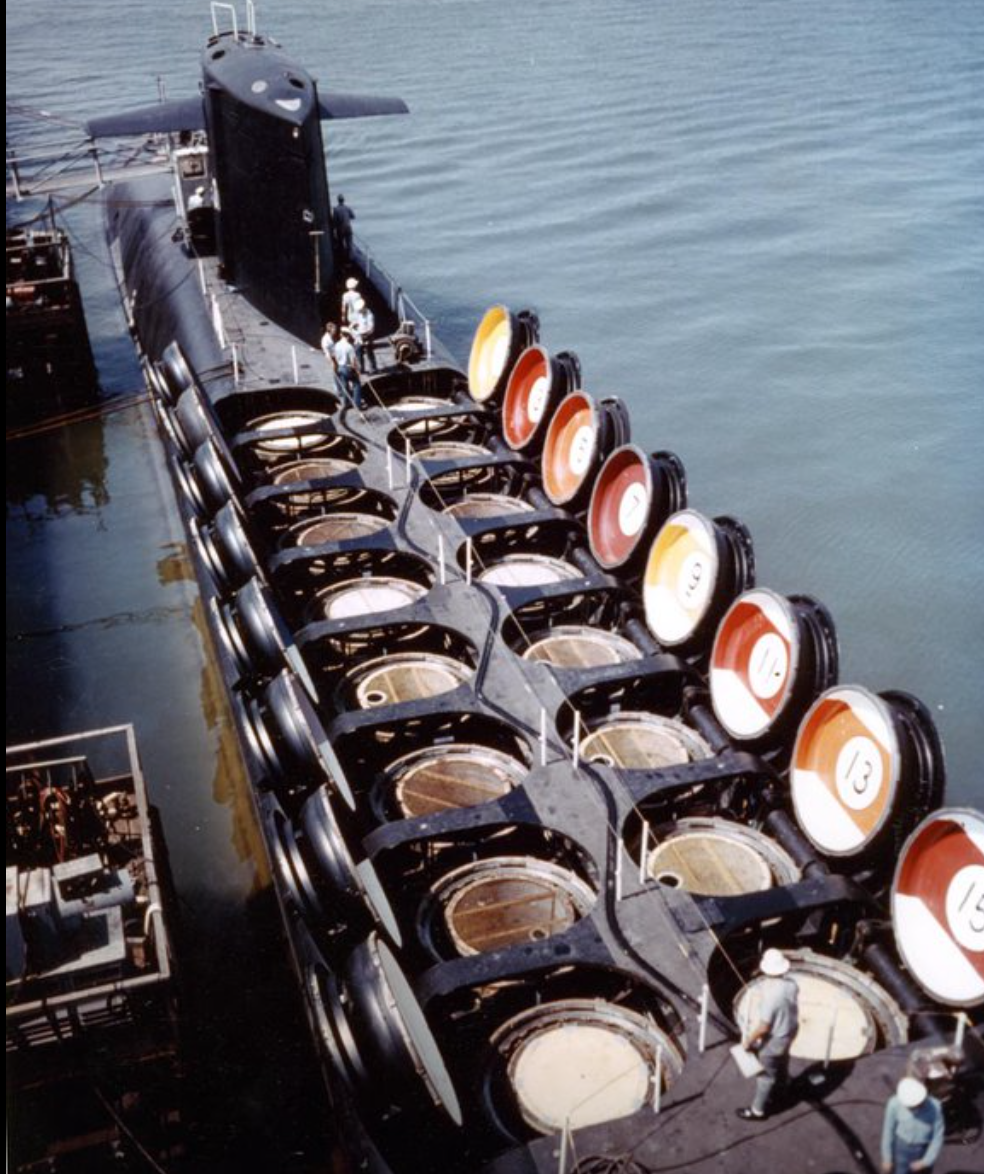 Gyroscopes are still hugely important in maritime roles, even today. Source: Wikipedia.
Gyroscopes are still hugely important in maritime roles, even today. Source: Wikipedia.
Into the Future:
It’s fair to think that the gyroscope may have reached it’s peak and in today’s modern world is close to being obsolete. However this is incorrect, with the gyroscope being pretty important for many pieces of modern technology as well. While the design of the gyro moved from mechanical to solid state, it’s still a critical piece of technology for our modern world.
Robotics use gyroscopes to provide tactile feedback and movement monitoring, using solid state sensors to obtain this data effectively. The development of solid state gyro’s changed the dynamic allowing for full minutirisation of this technology. Source: Wikipedia
The development of solid state gyro’s changed the dynamic allowing for full minutirisation of this technology. Source: Wikipedia
Autonomous vehicles will use gyroscopes as a back up to onboard GPS & GLONASS systems, logging vehicle motion and location effectively in real time.
And despite the proliferation of GPS into our every day world, Gyroscopes remain hugely important to navigation, providing strategies for obtaining and maintaining a position in environments where GPS is not an option. This can include mines, tunnels and underwater environments.
While the size style and shape has changed over the years, the future of this little gizmo remains bright.
What the Tech?! is our recurring, twice monthly piece on the technology that was essential in shaping our modern word
🌟 Enjoyed this article? Support our work and join the community! 🌟
💙 Support me on Ko-fi: Investigator515
📢 Join our Telegram channel for exclusive updates or.
🐦 Follow us on Twitter
🔗 Articles we think you’ll like:
- OSINT Unleashed: 5 Essential Tools for Cyber Investigators
- What the Tech?! GPS Technology
✉️ Want more content like this? Sign up for email updates here
































